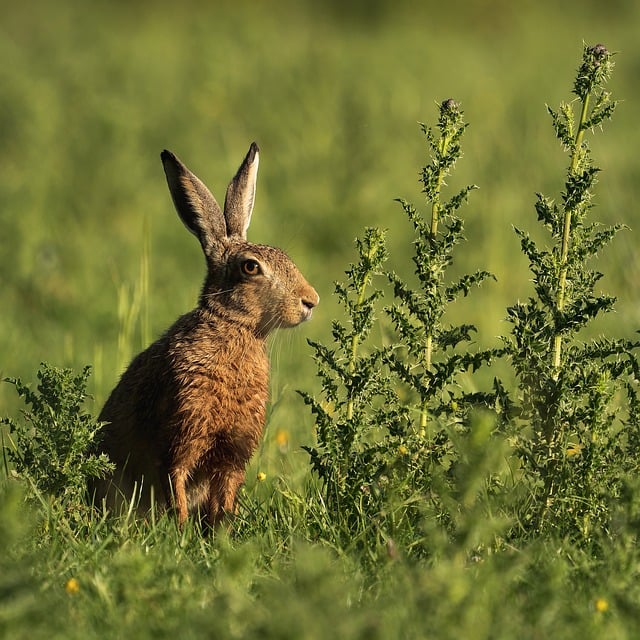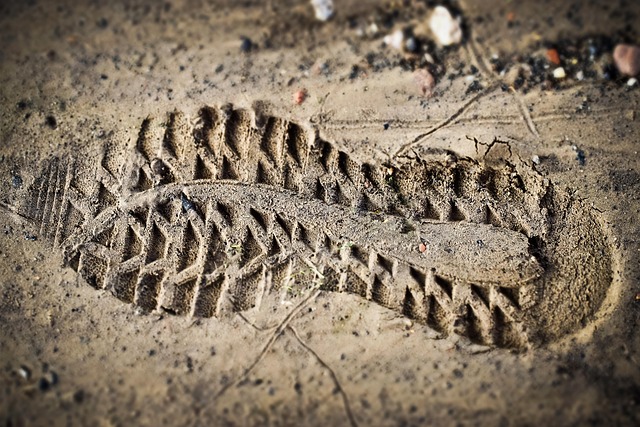In an age where our connection to nature is more crucial than ever, preserving flower diversity is a form of art that every gardener can practice. The beauty of your garden can be a celebration of supported species and biodiversity, but it’s essential to understand that every beautiful bloom you see contributes to the intricate web of life around us.
Imagine stepping into your backyard: a kaleidoscope of colors and fragrances envelops you. Butterflies flutter from petal to petal, bees hum a gentle tune as they diligently collect pollen, while birds perch on branches, adding music to the symphony of life. This biodiversity not only enriches our gardens but plays a significant role in maintaining a healthy environment.
To support this beautiful harmony through eco-friendly gardening practices, consider the following methods:
1. Choose Native Plants
Native plants are the unsung heroes of achieving a sustainable garden. These species have adapted to local conditions, requiring less water and care while providing essential habitats for local wildlife. By incorporating them into your garden, you’ll not only be enhancing your space but also supporting the local ecosystem.
2. Create a Pollinator-Friendly Zone
Pollinators play a vital role in the reproduction of many flowers. By planting a range of flowering species that bloom at different times, you can create a feast for bees, butterflies, and other important pollinators. Think about incorporating species like coneflowers, sunflowers, and milkweed—each attracts different pollinators while adding splashes of color to your garden.
3. Practice Organic Gardening
Utilizing organic gardening practices fosters a thriving ecosystem. By avoiding chemical pesticides and fertilizers, you help protect the essential insects and microbes that contribute to soil health and plant growth. Instead, embrace natural solutions like composting, companion planting, and organic pest management to keep your garden flourishing.
4. Incorporate Layers and Habitats
Diversity doesn’t just come from the variety of plant species; it also stems from structural diversity. Incorporating different heights and layers, from tall flowers to ground covers, provides shelter and nesting sites for various wildlife. Add features like rock piles, water sources, or even a small brush pile to create an inviting environment for a variety of creatures.
5. Limit Lawn Areas
Lawns, while aesthetically pleasing, often lack the biodiversity that supports a healthy ecosystem. By reducing lawn space and replacing it with flowering plants, wildflower meadows, or even edible gardens, you can significantly contribute to local biodiversity. This not only aids the environment but also brings beauty and productivity to your gardening efforts.
By embracing these eco-friendly practices in your gardening routine, you’re not just cultivating flowers; you’re playing an integral role in the vital work of preserving supported species and biodiversity. Imagine the impact your garden can have—not only on your personal enjoyment but on the world around you as well. As you nurture each bloom, remember that you are fostering a vibrant ecosystem that benefits our environment and future. Your commitment to sustainable gardening can inspire others to recognize the importance of biodiversity in their own spaces, ultimately contributing to a greener and more colorful world.




